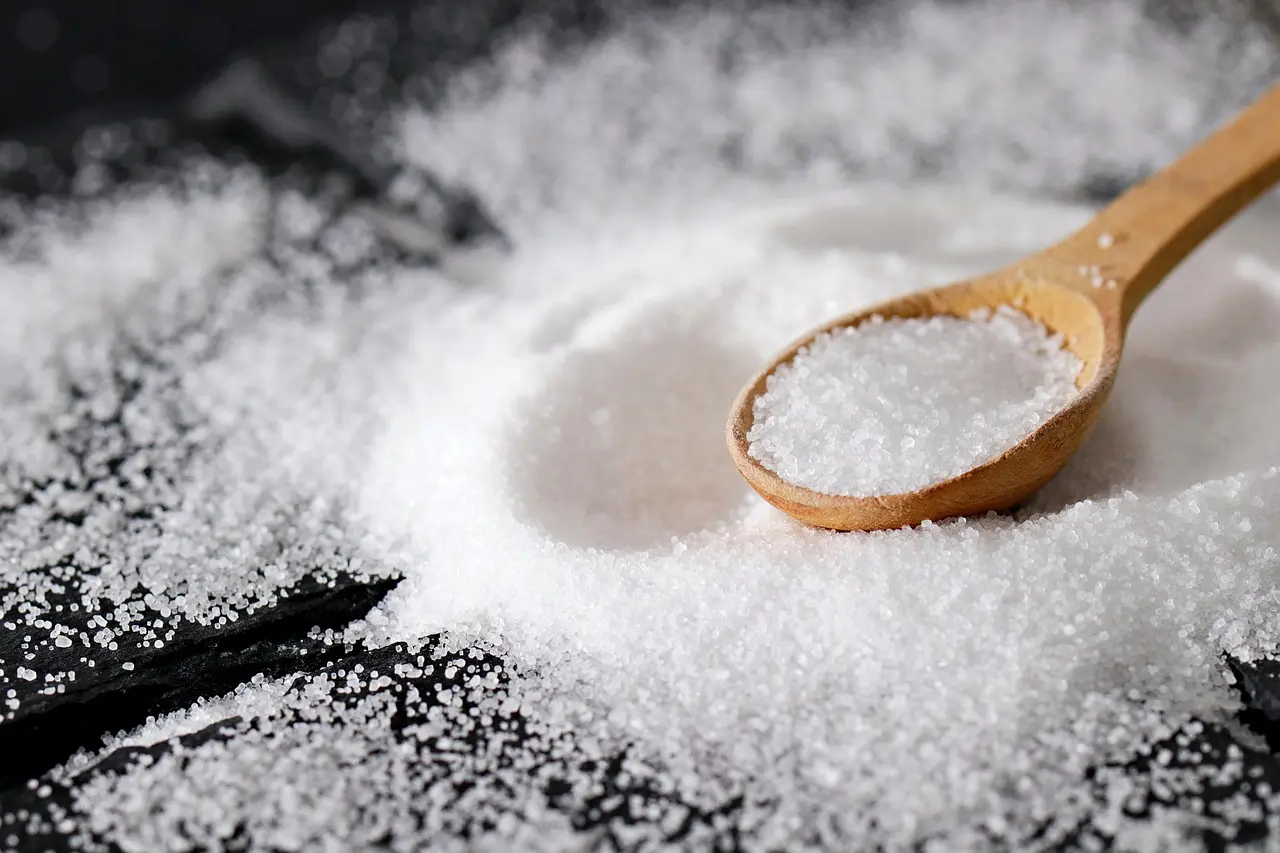In the culinary world, precision is often the secret ingredient that elevates a good dish to a great one. This is especially true when dealing with small volume measurements, such as those for potent flavorings like vanilla extract, intense spices, crucial leavening agents like baking soda or baking powder, or even liquid medications for children. One of the most common small volume conversions encountered is between the US teaspoon (tsp) and the metric milliliter (ml). Understanding this conversion accurately is essential for home cooks and bakers who work with international recipes, aim for consistent results, or need to measure precise doses.
Why Does This Seemingly Small Conversion Hold Such Importance?
It might seem like a tiny difference wouldn't matter much, but when it comes to certain ingredients, even a slight miscalculation in teaspoon to milliliter conversions can have a noticeable impact:
- Baking Chemistry: In baking, leavening agents (baking powder, baking soda) and extracts (vanilla, almond) are used in small but critical amounts. Too much baking soda can result in a soapy or metallic taste and an overly coarse crumb. Too little can lead to a dense, flat product. Similarly, an extra half-milliliter of a potent extract can easily overpower the delicate flavors of a cake or cookie.
- Spice Intensity: Many ground spices are highly concentrated. An incorrect conversion for a strong spice like cayenne pepper or cloves can drastically alter the heat level or flavor balance of a dish.
- Liquid Medications: For parents administering liquid medications to children, or for adults using concentrated liquid supplements, converting prescribed milliliter dosages to accurate teaspoon equivalents (if using household measuring spoons) is crucial for safety and efficacy.
- Recipe Consistency: When adapting recipes from metric to US customary units or vice versa, accurate small volume conversions ensure that the recipe's intended balance and outcome are maintained.
The Teaspoon to Milliliter Conversion Standard
The relationship between the US teaspoon and the milliliter is quite straightforward for culinary and nutritional labeling purposes:
- 1 US Customary Teaspoon (tsp) is technically equal to approximately 4.92892 milliliters (ml).
- However, for practical kitchen use, nutrition labeling (as defined by the FDA in the US), and often on dual-unit measuring spoons, this is conveniently rounded to:
1 US Teaspoon (tsp) = 5 milliliters (ml)
This 5 ml standard is widely accepted and used in most home kitchens and for recipe conversions. While the exact metrological definition is slightly different, the 5 ml approximation is sufficiently accurate for almost all cooking and baking applications.
Common Fractional Conversions (Based on 1 tsp = 5 ml):
- 1/2 US Teaspoon (tsp) ≈ 2.5 ml
- 1/4 US Teaspoon (tsp) ≈ 1.25 ml
- 1/8 US Teaspoon (tsp) ≈ 0.625 ml (often rounded to 0.6 ml)
- 3/4 US Teaspoon (tsp) ≈ 3.75 ml (often rounded to 3.7 ml or 3.8 ml)
Conversely:
- 1 milliliter (ml) ≈ 1/5 (or 0.2) US Teaspoon
- 2 milliliters (ml) ≈ 2/5 (or 0.4) US Teaspoon (slightly less than 1/2 tsp)
Tips for Ensuring Accurate Small Volume Measurements
Achieving precision with small volumes requires careful attention to your tools and techniques:
- Use Standardized Measuring Spoons: This is paramount. Avoid using everyday cutlery teaspoons (the kind you stir your tea with), as their sizes can vary dramatically and are not designed for accurate measurement. Invest in a good quality set of standardized measuring spoons that clearly indicate 1 tsp, 1/2 tsp, 1/4 tsp, etc. Many sets also include milliliter markings.
- Level Dry Ingredients: When measuring dry ingredients like spices, baking powder, or salt, gently spoon the ingredient into the measuring spoon until it's slightly mounded, then sweep off the excess with a straight edge (like the back of a knife or an offset spatula) to ensure a level, accurate measure. Do not pack down the ingredient unless the recipe specifically calls for it (which is rare for teaspoon measurements).
- Measure Liquids at Eye Level: When measuring liquids in a teaspoon, hold the spoon level and fill it to the rim. View it at eye level to ensure the liquid's meniscus (the curve at the surface) is at the correct mark.
- Consistency is Key: Use the same set of measuring spoons consistently for your recipes to maintain uniformity in your results.
- For International Recipes: If a recipe from a metric country calls for 5ml of an ingredient, you can confidently use your 1 US teaspoon measure. If it calls for 2.5ml, use your 1/2 US teaspoon.
- Consider a Small Scale for Powders: For exceptionally critical measurements of potent powders (like some leaveners or specialized ingredients in very small quantities), a jeweler's scale or a high-precision kitchen scale that measures to 0.01 grams can provide even greater accuracy than volume measurements, by converting the target volume to its equivalent weight. This is often more common in professional or highly scientific baking.
For a more detailed breakdown and various fractional conversions at a glance, be sure to consult our handy printable chart:
Printable US Teaspoons (tsp) to Milliliters (ml) Conversion Chart
And for conversions involving tablespoons, see our Tablespoons to Milliliters Chart.
Conclusion: Precision in Small Doses
While a teaspoon might seem like a small measure, its accurate conversion to milliliters (and vice-versa) can be the difference between a culinary triumph and a disappointing outcome, especially in baking and when dealing with concentrated flavors. By understanding the standard 1 tsp = 5 ml conversion and employing careful measuring techniques, you empower yourself to tackle recipes from around the globe with greater confidence and achieve more consistent, delicious results in all your kitchen endeavors. Happy cooking and baking!
 « Back to Blog Index
« Back to Blog Index